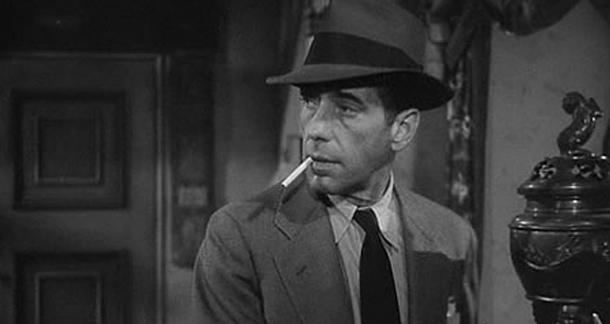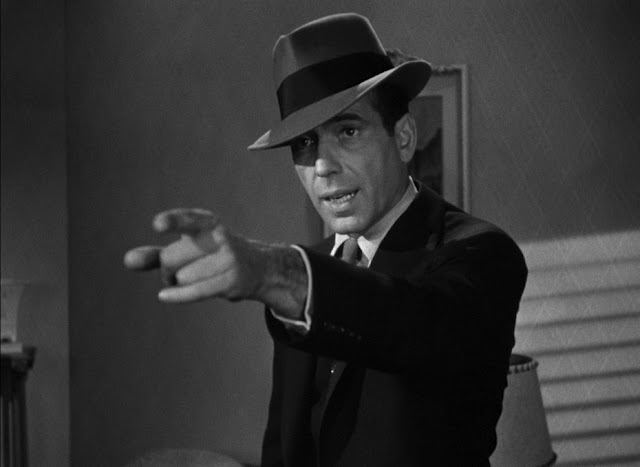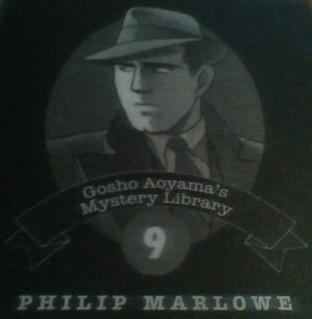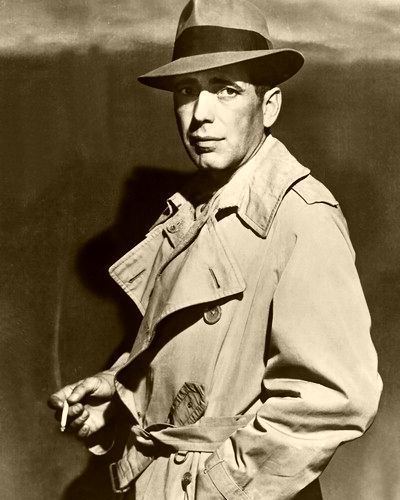Nationality American | Gender Male Creator Raymond Chandler Significant other Linda Loring | |
 | ||
Portrayed by Dick Powell (film, radio, TV)Humphrey Bogart (film)Van Heflin (radio)Robert Montgomery (film, radio)George Montgomery (film)Gerald Mohr (radio)Philip Carey (TV)James Garner (film)Elliott Gould (film)Robert Mitchum (film)Ed Bishop (BBC radio)Powers Boothe (TV)Danny Glover (TV)James Caan (HBO film)Jason O'Mara (TV pilot)Toby Stephens (BBC radio) Occupation Private Detectives and Investigators Movies and TV shows The Big Sleep, The Long Goodbye, Farewell - My Lovely, Murder - My Sweet, Philip Marlowe - Private Eye Similar Sam Spade, Mike Hammer, Lew Archer, Hercule Poirot, Nero Wolfe | ||
Reanimating private eye philip marlowe s noir world
Philip Marlowe is a fictional character created by Raymond Chandler. Marlowe first appeared under that name in The Big Sleep, published in 1939. Chandler's early short stories, published in pulp magazines like Black Mask and Dime Detective, featured similar characters with names like "Carmady" and "John Dalmas".
Contents
- Reanimating private eye philip marlowe s noir world
- Philip marlowe in tv film
- Inspiration
- Influences and adaptations
- References

Some of those short stories were later combined and expanded into novels featuring Marlowe, a process Chandler called "cannibalizing" but is more commonly known in publishing as a fixup. When the non-cannibalized stories were republished years later in the short story collection The Simple Art of Murder, Chandler changed the names of the protagonists to Philip Marlowe. His first two stories, "Blackmailers Don't Shoot" and "Smart-Aleck Kill" (with a detective named Mallory), were never altered in print but did join the others as Marlowe cases for the television series Philip Marlowe, Private Eye.
Marlowe's character is foremost within the genre of hardboiled crime fiction that originated in the 1920s, notably in Black Mask magazine, in which Dashiell Hammett's The Continental Op and Sam Spade first appeared.

Underneath the wisecracking, hard-drinking, tough private eye, Marlowe is quietly contemplative and philosophical and enjoys chess and poetry. While he is not afraid to risk physical harm, he does not dish out violence merely to settle scores. Morally upright, he is not fooled by the genre's usual femmes fatales, such as Carmen Sternwood in The Big Sleep.

Chandler's treatment of the detective novel exhibits an effort to develop the form. His first full-length book, The Big Sleep, was published when Chandler was 51; his last, Playback when he was 70. Seven novels were produced in the last two decades of his life, with an eighth (Poodle Springs) being posthumously completed by Robert B. Parker and published years later.

Philip marlowe in tv film
Inspiration
Explaining the origin of Marlowe's character, Chandler commented that "Marlowe just grew out of the pulps. He was no one person." When creating the character, Chandler had originally intended to call him Mallory; his stories for the Black Mask magazine featured characters that are considered precursors to Marlowe. The emergence of Marlowe coincided with Chandler's transition from writing short stories to novels.
Chandler was said to have taken the name Marlowe from Marlowe House, to which he belonged during his time at Dulwich College. Marlowe House was named for Christopher Marlowe, a hard-drinking Elizabethan writer who graduated in philosophy and worked secretly for the government.
Louise Ransil, a historian and former studio executive, has claimed that the character of Philip Marlowe, as well as Dashiell Hammett's Sam Spade, were inspired by a previously unknown black detective who investigated society murders and runaway stars in 1930s Los Angeles. This man with the name of "Samuel Marlowe" allegedly was the first black private detective licensed by the city of Los Angeles.
